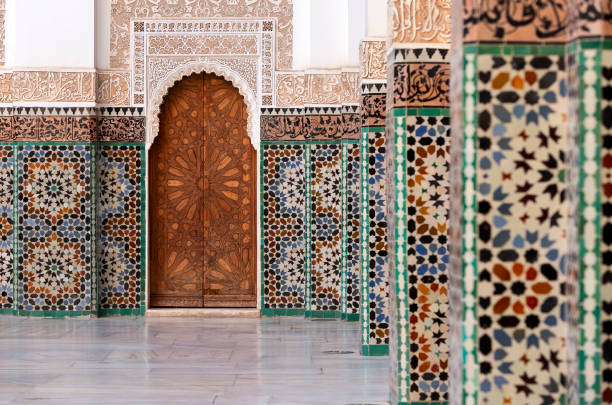My shopping cart
Your cart is currently empty.
Continue Shopping
Choosing the right interior doors for a historic home requires careful consideration of the home's style, design, functionality, and local regulations. Preserving the character and charm of a historic house while ensuring the functionality and durability of solid core doors is crucial. In this article, we will explore the key factors to consider when selecting interior doors for historic homes and provide helpful tips to guide you through the process.
Before choosing interior doors for your historic home, it is essential to understand its architectural style and design. Familiarize yourself with the period when your home was built and research the typical interior door styles and features associated with that era.
For example, Victorian homes may feature elaborate paneling, while Craftsman-style homes often have simple yet sturdy, solid wood doors. Understanding your historic home's style and design elements will help you select doors that align with its overall aesthetic.
While preserving the historical integrity of your home is essential, functionality should be noticed. Consider the purpose of each interior wall or front door panel and its role in maintaining privacy, sound insulation, and temperature control within the home. For high-traffic areas, consider durable doors that can withstand daily use. Think about the layout of your home and how doors will affect the flow of movement between rooms.

Selecting suitable materials for your interior doors is crucial for maintaining the authenticity and charm of your historic home. Common materials used for panel doors in historic homes include solid wood, which can be crafted to match the original doors, and veneered doors, which provide a cost-effective alternative to double doors. Avoid using modern materials like hollow-core doors, as they may not be suitable for maintaining the historic character of your home.
Accurate measurements are crucial when replacing interior doors in a historic home. Measure the existing doors or consult architectural plans to ensure the new entries fit correctly. Be aware of local building codes or landmark preservation regulations that may dictate specific requirements for interior doors in historic homes. These regulations may impact the size, materials, and design features of your chosen exterior doors.
The finish of your interior doors plays a significant role in maintaining the historical integrity of your home. Research the original finishes used when your home was built and try to replicate those finishes as closely as possible.
Consider finishes like natural wood stains, paint colors commonly used during the era or traditional varnishes. Be mindful of the period-specific color palettes and consult with experts or historic preservation organizations for guidance.

When purchasing interior doors for your historic home, local research vendors specializing in historical restoration or carrying a wide selection of period-appropriate doors and popular door styles. These vendors will have the knowledge and expertise to guide you in selecting doors that meet historic preservation requirements. Compare prices, quality, and customer reviews to find vendors offering high-quality products and competitive pricing.

Proper installation is crucial for the durability and longevity of your new interior doors. Consider hiring a professional carpenter or contractor experienced in historic home restoration to ensure the installation is done correctly.
Improper installation of barn doors can lead to alignment issues, functionality problems, and potential damage to the front door frame or surrounding trim. A professional will have the expertise to install the doors while preserving the historical integrity of your home.
Choosing interior doors for historic homes requires a thoughtful approach that balances landmark preservation, functionality, and aesthetics. By understanding the style and design of the core door in your historic home, considering the functionality of each entry, choosing appropriate materials and finishes for panel doors, and working with reputable vendors and professionals, you can successfully select interior doors that enhance the charm and character of your historic home while meeting modern standards of functionality and durability.
A: While it's generally recommended to use materials consistent with your home's historical era, some modern materials can be suitable for interior doors if they closely match the room or the original design and style of the sliding door. However, it's essential to consult with historical preservation experts or local authorities to ensure compliance with preservation guidelines.
A: If the original doors are no longer available or in poor condition, you can consider having custom doors crafted to match the style and design of your historic home. Work with skilled artisans specializing in glass doors and historical restoration to ensure the new entries are faithful replicas of the originals.
A: Depending on your location, grants or incentives may be available to preserve historic homes. Check with local historic preservation organizations, government agencies, or foundations dedicated to historic preservation to explore potential funding opportunities.
A: Modifying the design of interior doors in a historic home should be approached with caution to preserve the historical integrity of pocket doors and the property. Consult with historical preservation experts or organizations to ensure that any modifications comply with preservation guidelines and maintain the overall character of folding doors and the home.